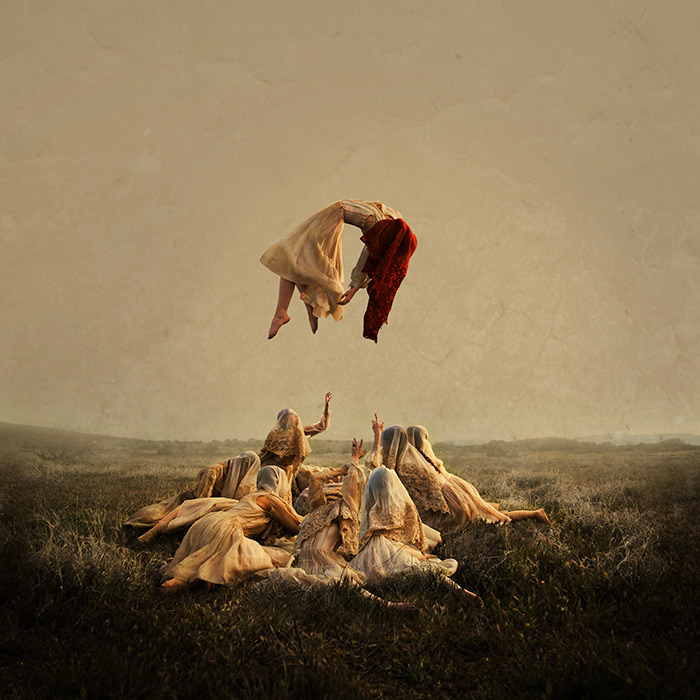
Ritual marks some of the most important moments in our lives, from personal milestones like birthdays and weddings to seasonal celebrations like Thanksgiving and religious holidays like Christmas or Hanukkah. And the more important the moment, the grander the ritual. Holiday rituals are bursting with sensory pageantry. These (often quite literal) bells and whistles signal to all of our senses that this is no common occasion – it is one full of significance and meaning. Such sensory exuberance helps create lasting recollections of those occasions and marks them in our memory as special events worth cherishing. When it comes to modern American Christmas traditions, it may seem obvious that we have Victorian Era holiday rituals to thank. However, many traditions came from ancient cultures and were later adopted by Christians who adapted the traditions to celebrate Christ’s birth. Below is a list of common holiday traditions and their surprising origins.
Christmas tree: The origin of the first Christmas tree is widely contested. Several events throughout history led to the Christmas tree as we know it today. Both the ancient Egyptians and Romans used greenery in their homes to celebrate winter festivals and the triumph of “life over death.”
Poinsettia: In the 1800s, the United States’ ambassador to Mexico, Joseph Poinsett, was intrigued by a vibrant, red flower blooming in the southern part of the country. Missionaries called it the Nativity plant because it bloomed during the Advent season. A popular Mexican Christmas legend tells the story of Pepita, a poor girl who wanted a gift to give to the Christ child at Christmas Eve mass. All she had to offer was a small bouquet of weeds. However, her cousin assured her that what she gave would be enough. As she presented the bouquet, a Christmas miracle occurred. The weeds magically transformed into beautiful, red poinsettias.
Wreaths: Wreaths are a tradition steeped in symbolism. Early Germanic peoples made evergreen wreaths during the winter months to remind them that warm weather would return. Christians later adopted this tradition and used the circular wreath as a symbol of everlasting life through Christ. Wreaths made of holly, known for its sharp, pointy leaves, reminded early Christians of the crown of thorns worn by Christ.
Stockings: According to legend, the original St. Nicholas, while traveling from village to village, heard about a merchant who had fallen on hard times and couldn’t afford dowries for his three daughters. St. Nicholas knew the man would never accept money, so he threw three sacks of gold down the family’s chimney. The sacks landed in the daughters’ stockings that were drying by the fireplace thus creating the tradition of hanging stocking by the fireplace.
Story by Jolene Manna.

